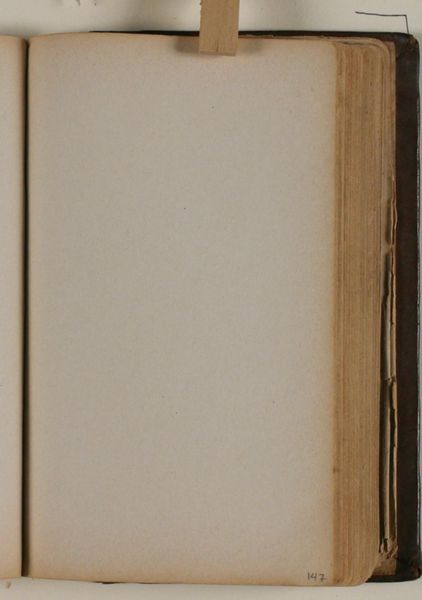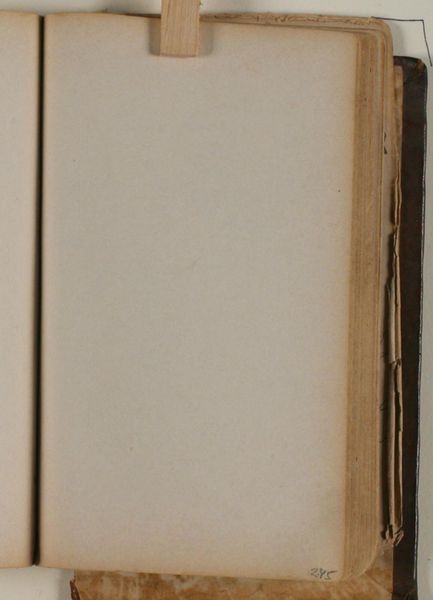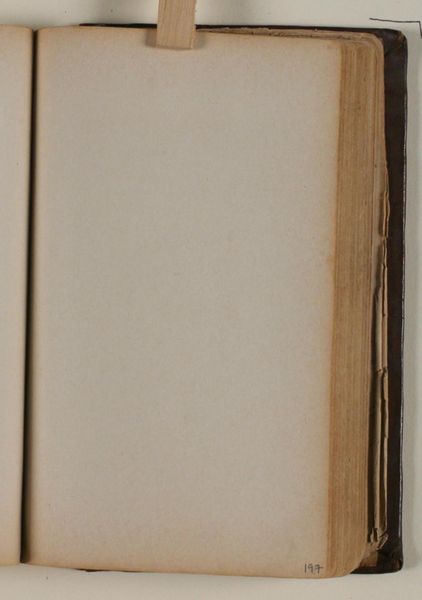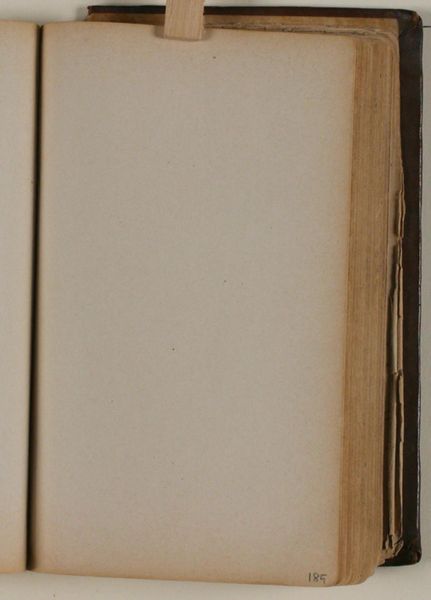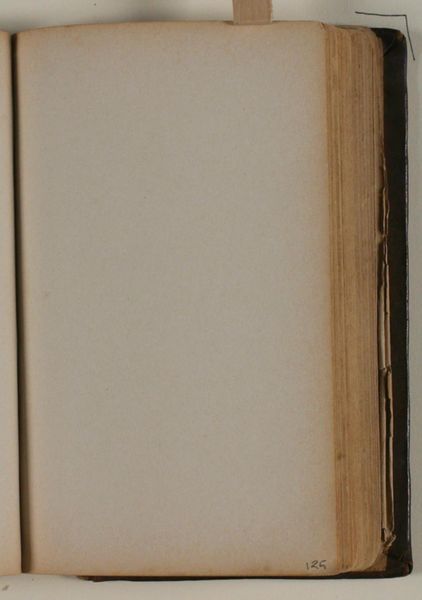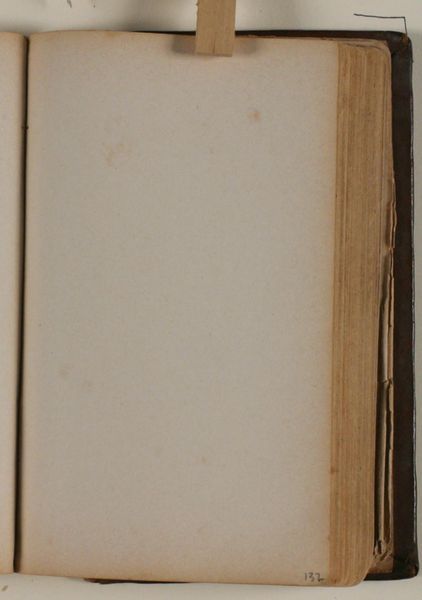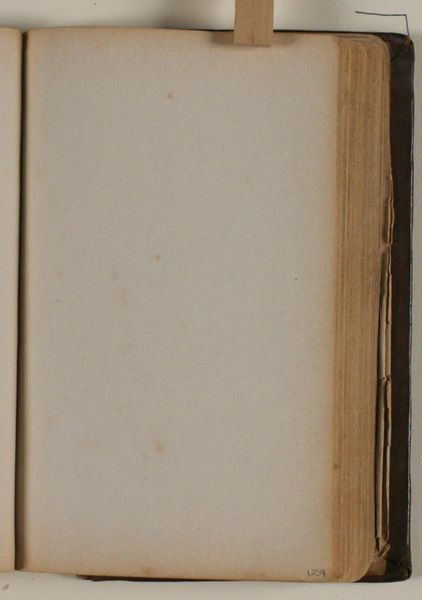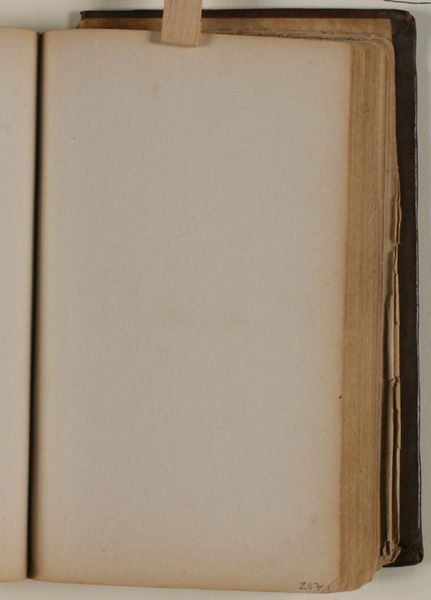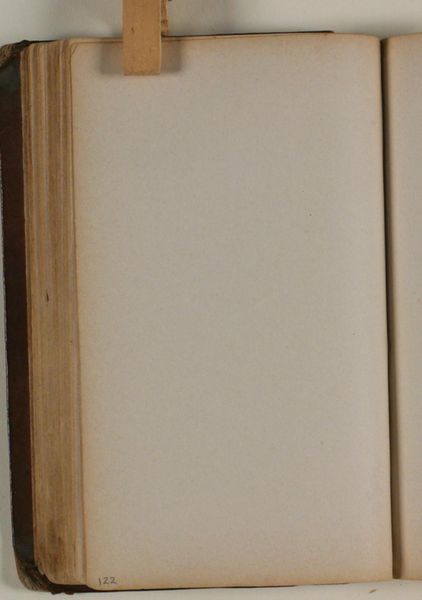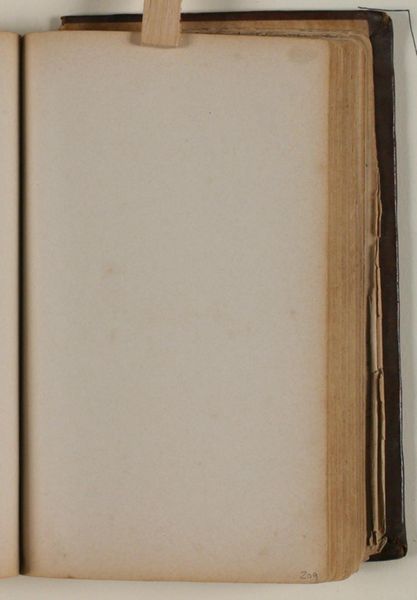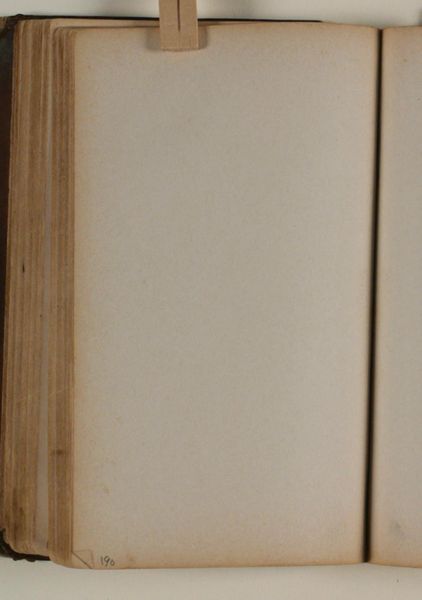
drawing, paper
#
drawing
#
paper
Editor: So, this is "Blank," a drawing on paper from sometime between 1864 and 1941 by Niels Larsen Stevns. Honestly, it's just a blank page. A bit underwhelming at first glance, isn't it? What do you see here? How do we even begin to interpret something so... absent? Curator: Precisely. Its very absence invites interrogation. Consider the context: Stevns working within an era grappling with shifting notions of representation and the role of the artist. This "blank" page could be a potent commentary. Was this intended to be a statement about artistic limitations, or perhaps a deliberate void meant to be filled by the viewer's imagination and projections? Editor: So, it's more about what it *isn't* than what it *is*? Like, a critique of art itself? Curator: Potentially. Think about the power dynamics at play. The art world then, and arguably now, privileges certain voices and narratives. Could this be Stevns’ way of questioning those structures by offering… nothing? A refusal to participate in the expected artistic discourse? Editor: That’s a really interesting point. It’s almost subversive, in a quiet way. It also seems almost defiant to the very concept of being in a museum... if art holds inherent meaning, how does the concept of *nothing* find its way in the discourse and the space? Curator: Exactly. The museum itself is implicated. By displaying this "Blank," the institution validates a void, forcing us to confront our own assumptions about what constitutes art, about the value we ascribe to creative output. What do *you* think? What narrative do *you* fill the void with? Editor: I hadn't thought about it that way. I was initially disappointed, but now I see it's a challenge. A question mark hanging in the gallery. It really turns the tables and asks the viewer to provide meaning. Thanks, this gave me so much food for thought. Curator: It shows the power of negative space in history and invites viewers to engage critically with institutional practices and artistic expressions beyond what we traditionally deem beautiful or significant.
Comments
No comments
Be the first to comment and join the conversation on the ultimate creative platform.
